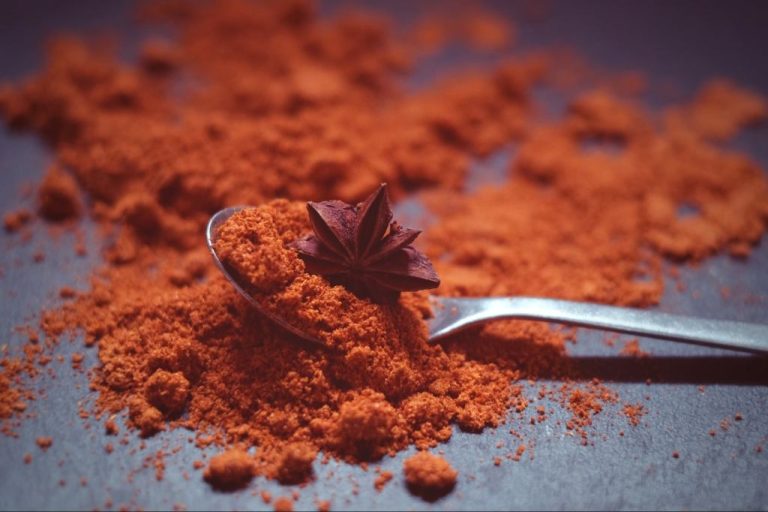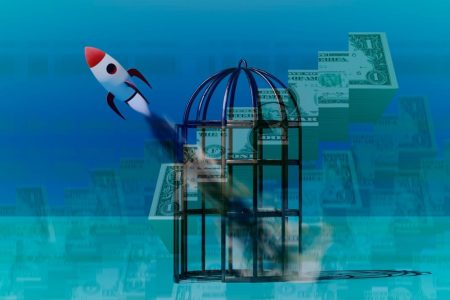Key Takeaways
- Starbucks launched its still-popular pumpkin spice latte more than two decades ago in 2003.
- Retailers continue to cash in on the seasonal trend — and significantly mark up standard products.
Love it or hate it, if you’re like millions of Americans, you probably associate one particular flavor with the start of fall: pumpkin spice.
The spice blend was born back in 1934 when McCormick and Company developed the product, then surged in popularity when Starbucks launched its pumpkin spice latte in 2003.
Nowadays, Americans spend more than $500 million on pumpkin spice products every year, according to Nielsen data reported by CNN Business.
Related: Starbucks Just Experienced a ‘Record-Breaking Sales Week’ Thanks to One Line of Products
Naturally, some of the biggest retailers, from Trader Joe’s to Target and beyond, cash in on the seasonal trend — and a new study from online lending marketplace LendingTree breaks down just how much.
Across the board, pumpkin-flavored items cost an average of 8.4% more than their nonpumpkin counterparts, up from 7.4% in 2024, but down from 14.1% in 2022, per the report.
Some retailers rolled out significantly higher markups than others, according to the data.
Related: These Are the 9 Best Trader Joe’s Products, According to Customers — Plus Why Some Former Winners No Longer Top the List
The ubiquitous Starbucks pumpkin spice latte saw a 21.8% increase compared to its non-flavored counterpart — and the iced version even more: 25.2%.
Trader Joe’s saw significant pumpkin spice taxes on seasonal variations of standard products: 50.3% on its Joe’s Os cereal, 42.9% on its Joe medium roast ground coffee and 41.7% on its garden vegetable soup.
Target‘s Favorite Day pumpkin spice trail mix cost 76.4% more than its Favorite Day monster trail mix, and the retailer priced the pumpkin spice version of Oreo cookies 38.5% higher.
However, not all pumpkin spice products were subjected to the seasonal tax, the study found.
Related: 18 Must-Have Products for People Who Love Pumpkin Spice
At Whole Foods, Republic of Tea’s pumpkin spice black tea cost 30.6% less than its Earl Greyer option.
A couple of Trader Joe’s products also bucked the trend: Pumpkin Spiced Joe-Joe’s sandwich cookies cost 18.6% less than the chocolate and peanut butter Joe-Joe’s, and the pumpkin body butter cost 16.7% less than the Brazil nut body butter.
“Pumpkins are practically as big a part of the fall in America as sweaters and football,” said Matt Schulz, LendingTree chief consumer finance analyst. “I think retailers take advantage of that enthusiasm to a degree by pricing pumpkin-flavored goods a little higher than other products. Americans aren’t that concerned about the higher costs because these items keep flying off the shelves.”
Key Takeaways
- Starbucks launched its still-popular pumpkin spice latte more than two decades ago in 2003.
- Retailers continue to cash in on the seasonal trend — and significantly mark up standard products.
Love it or hate it, if you’re like millions of Americans, you probably associate one particular flavor with the start of fall: pumpkin spice.
The spice blend was born back in 1934 when McCormick and Company developed the product, then surged in popularity when Starbucks launched its pumpkin spice latte in 2003.
Nowadays, Americans spend more than $500 million on pumpkin spice products every year, according to Nielsen data reported by CNN Business.
The rest of this article is locked.
Join Entrepreneur+ today for access.
Read the full article here









